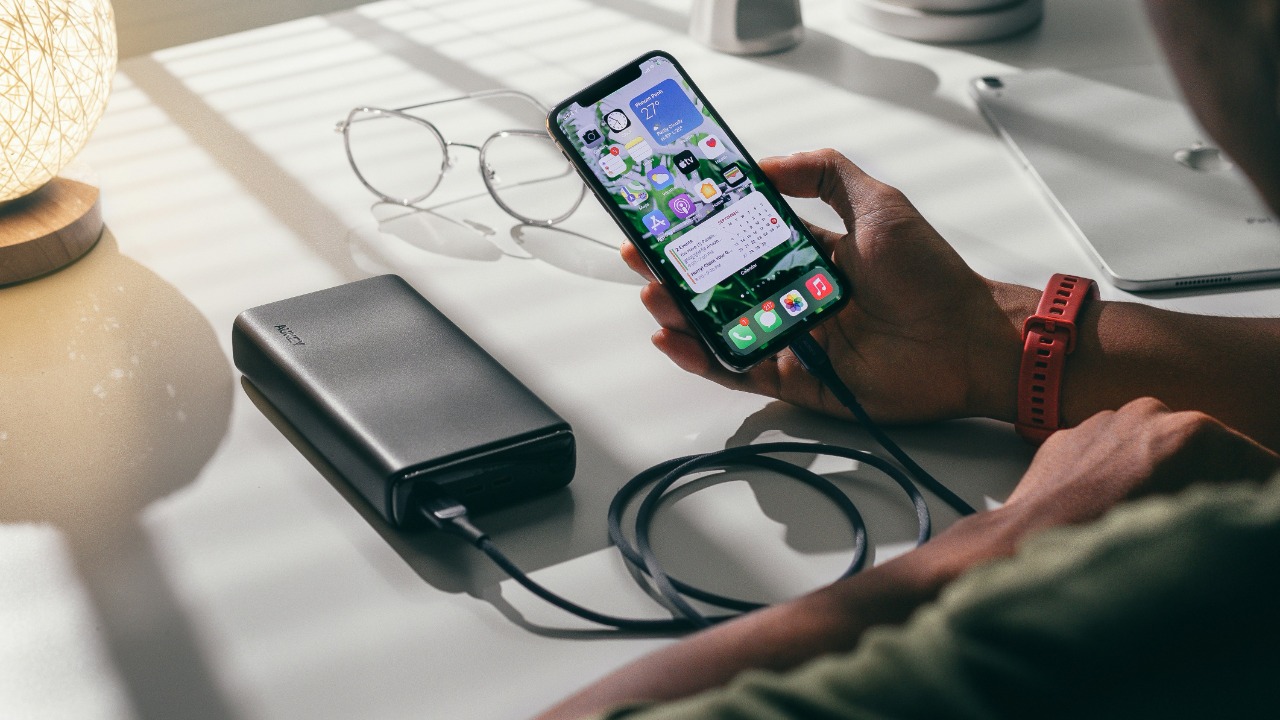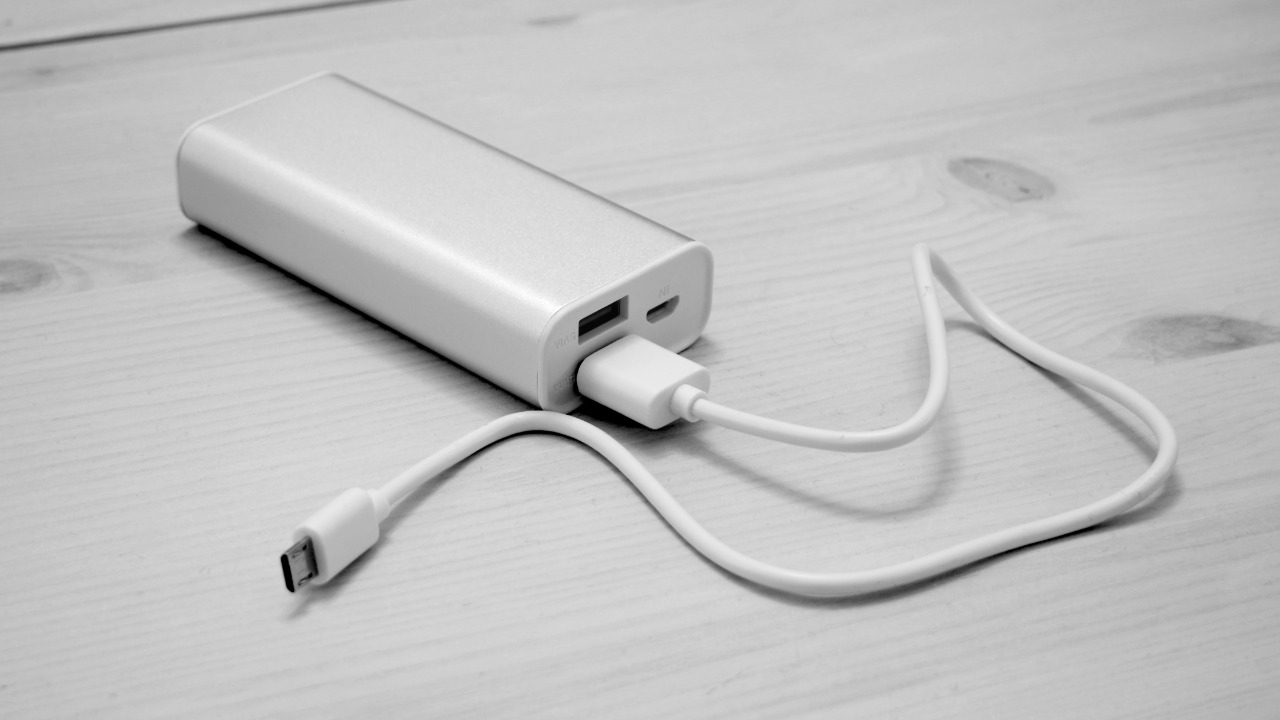
As modern life becomes increasingly mobile, power banks have become essential for keeping our devices charged on the go. One common question arises: can you charge and use a power bank simultaneously? The answer depends on a specific feature known as pass-through charging, which is not universally available on all power banks.
Understanding Pass-Through Charging

Definition and Functionality
Pass-through charging is a feature that allows a power bank to charge a device while it is being charged itself. Essentially, it enables the power bank to act as a conduit, passing the incoming charge through to the device. This capability rests on the technology within the power bank, which includes components like intelligent circuit boards and controllers that manage power distribution. For a deeper understanding, Omnicharge provides a comprehensive explanation of how this works.
Benefits of Pass-Through Charging
The primary advantage of pass-through charging is the convenience it offers, especially for individuals who are constantly on the move. Instead of waiting for the power bank to charge before using it to charge devices, users can do both simultaneously, significantly reducing downtime. This feature can be a game-changer for those relying heavily on their devices throughout the day, ensuring that both the power bank and the device are ready to go when needed.
Technical Considerations

Power Bank Design and Compatibility
Not all power banks are created equal, and their ability to support pass-through charging often depends on their design and compatibility. Differences in battery capacity and internal circuitry can significantly impact whether a power bank can handle this feature efficiently. A study on power storage highlights how these elements play a crucial role in determining the efficiency and effectiveness of the charging process.
Safety Concerns and Risks
While pass-through charging offers convenience, it also comes with potential risks, such as overheating and battery degradation. These risks are primarily due to the additional strain on the power bank’s components when performing two tasks at once. Experts often recommend monitoring the temperature and usage patterns to mitigate these risks. Discussions on platforms like Quora provide insights into how users and experts view the safe use of power banks with this feature.
Alternatives and Innovations

Emerging Technologies
Innovation in power bank technology continues to evolve, with new advancements aiming to offer safer and more efficient charging options. Researchers are exploring alternative battery materials and designs that could enhance the performance and safety of power banks. A study on energy storage technologies discusses some of these innovations, which could eventually lead to power banks with improved capabilities and reduced risks.
Other Charging Solutions
Beyond pass-through charging, there are several other charging methods available, such as solar chargers and high-capacity power banks. These options have their own sets of advantages and disadvantages. For example, solar chargers offer eco-friendly solutions but may not be as reliable in less sunny environments. High-capacity power banks provide more energy storage but can be bulky. Evaluating these alternatives helps consumers find the best solution for their specific needs.
Consumer Considerations

Choosing the Right Power Bank
When selecting a power bank with pass-through charging capability, it’s important to consider several factors. Look for reputable brands known for quality and reliability. Product reviews can offer valuable insights into real-world performance and potential issues. Additionally, consider the warranty options, which can provide peace of mind and protection against defects.
Cost vs. Benefit Analysis
Investing in a power bank with pass-through charging might come with a higher price tag, but it’s essential to weigh the benefits against the cost. For many users, the convenience and efficiency gained from this feature justify the extra expense. By considering how often and in what situations the power bank will be used, consumers can make informed decisions that best suit their requirements and budgets.